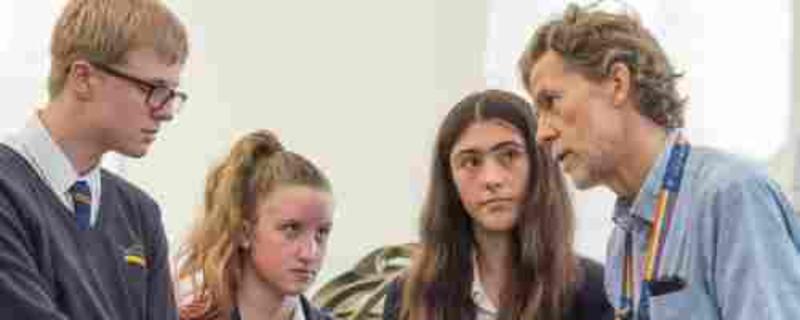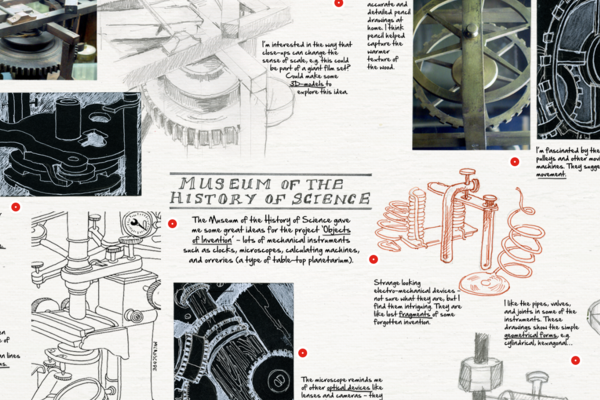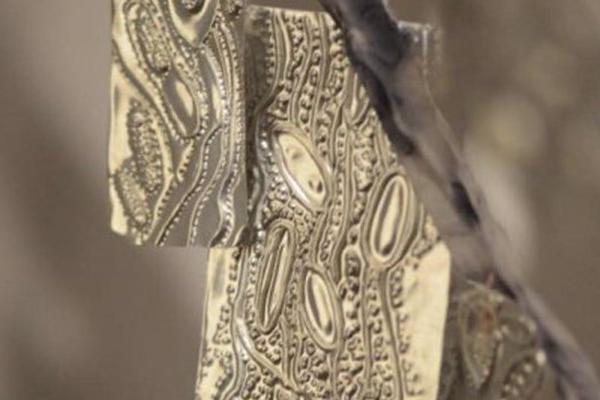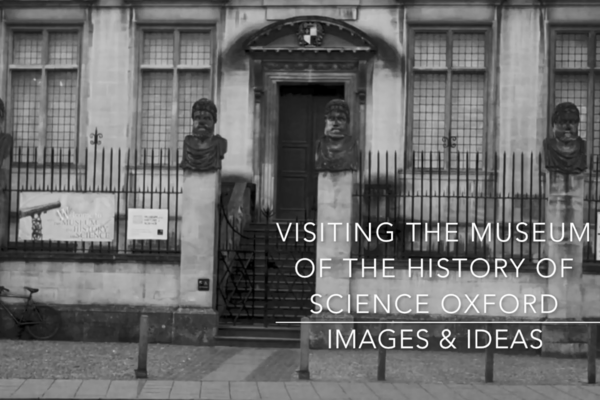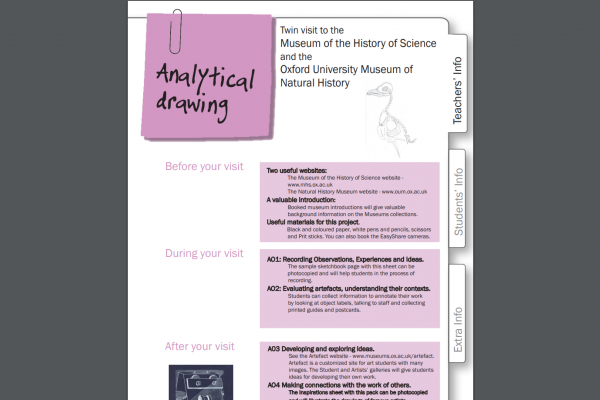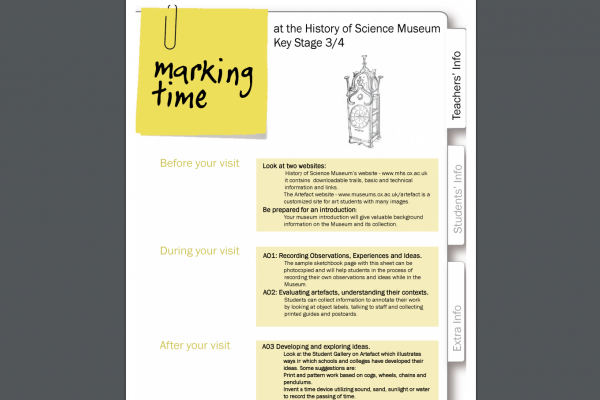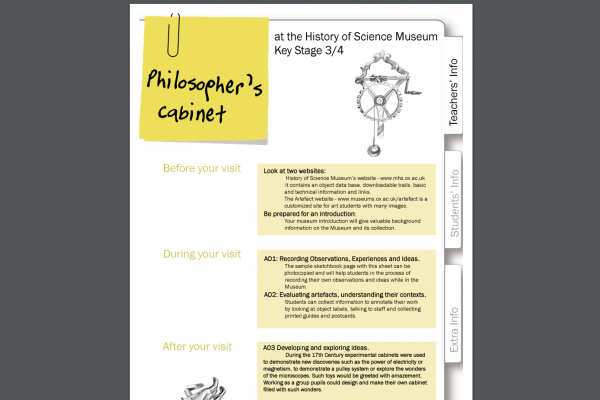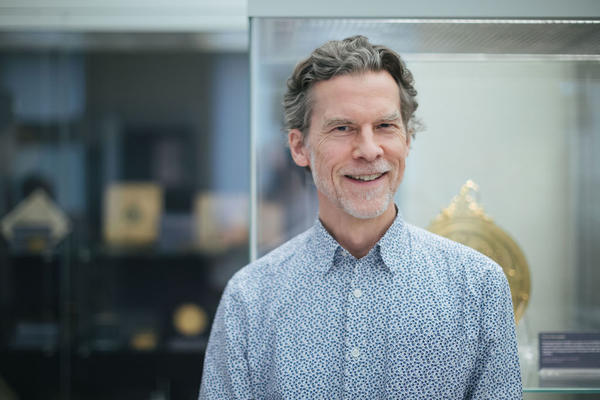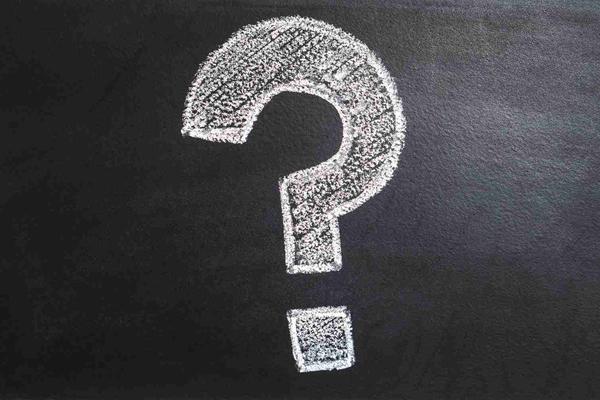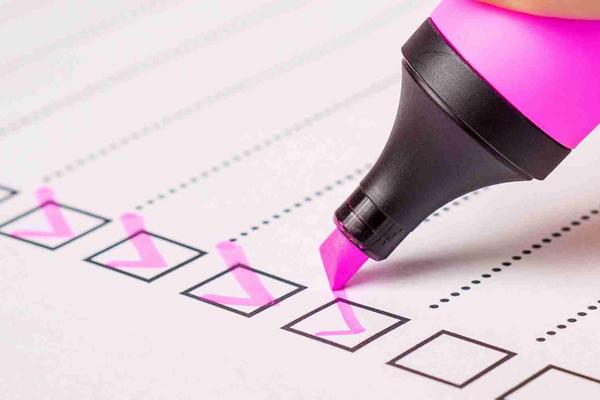Secondary & post-16 Art and Humanities
From Bioart and beautiful Islamic objects to the science of Frankenstein, our collections provide inspiration for teaching and learning in Art and the Humanities
We offer a range of options to groups of art students who want to explore the beauty of science
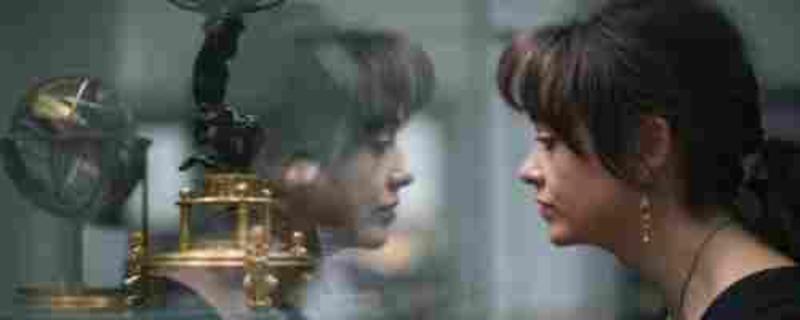
Self-directed visits
You can request self-directed group visits during normal opening hours (it's essential to book in advance).
Students are welcome to use sketchbooks and take photographs (without flash) in the galleries.
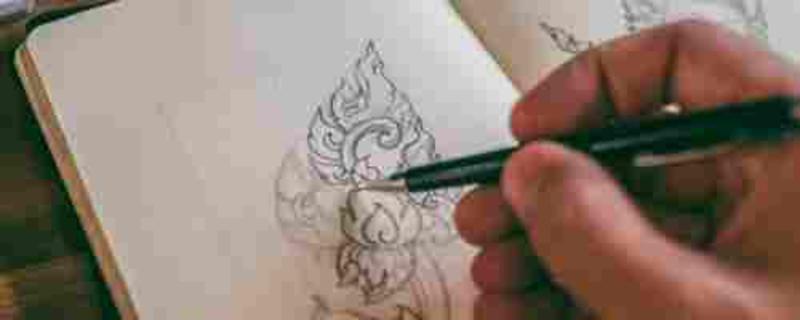
Sketchbook introductions
A self-directed visit with spoken introduction and example sketchbook.
Let us know if you would like digital cameras or printers available for use in the galleries.
Resources
Example interactive sketchbook page
Art exhibitions and displays
Visit YouTube for an artist's view of the Museum
Analytical Drawing [pdf]
Marking Time [pdf]
Philosopher's Cabinet
Partnerships
Arts Award
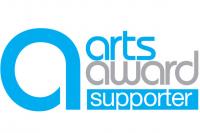
An Arts Award is a nationally recognised qualification designed to support young people aged 5–25 in developing their arts and leadership talents.
There are five levels:
- Discover (introductory level)
- Explore
- Bronze
- Silver
- Gold.
The Oxford University Museums are collectively an Arts Award centre, and are also Arts Award supporters.
For more information about the Arts Award visit www.artsaward.org.uk.
Artsmark

The History of Science Museum is proud to be working in partnership with schools and settings on their Artsmark Award journey.
By supporting Artsmark settings, we’re:
- helping put the arts at the heart of education
- inspiring young people to create, experience and participate in high-quality arts and culture.
Find out more about Artsmark at www.artsmark.org.uk
Our collections provide rich source material for creative writing and contextual studies
The Museum building and its collection create an atmosphere reminiscent of much-loved books like:
- Phillip Pullman’s trilogy His Dark Materials
- J.K. Rowling's Harry Potter stories
- Tom’s Midnight Garden by Philippa Pearce.
Our collections include:
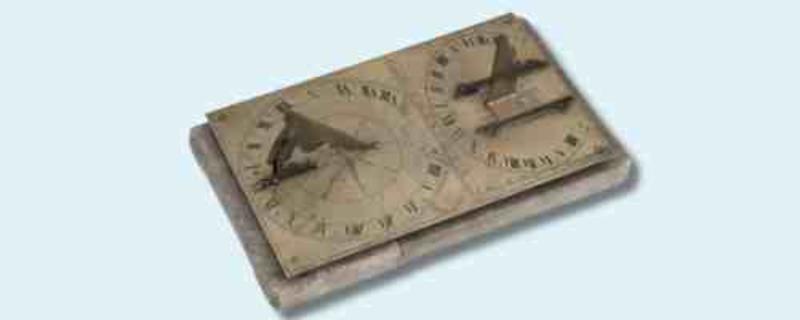
Many Renaissance objects, including early timepieces like sundials and astrolabes.
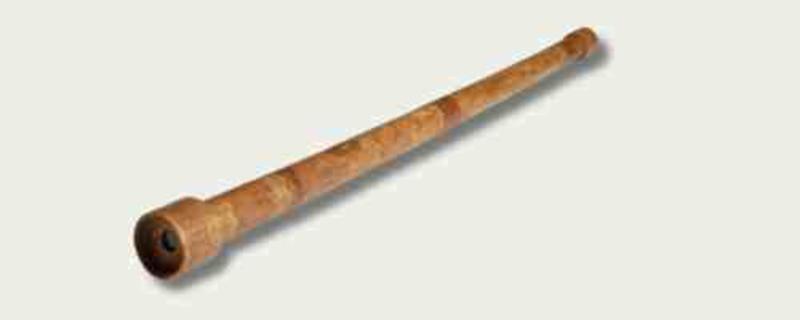
Objects from the 1700s and 1800s, like optical instruments such as telescopes and microscopes.
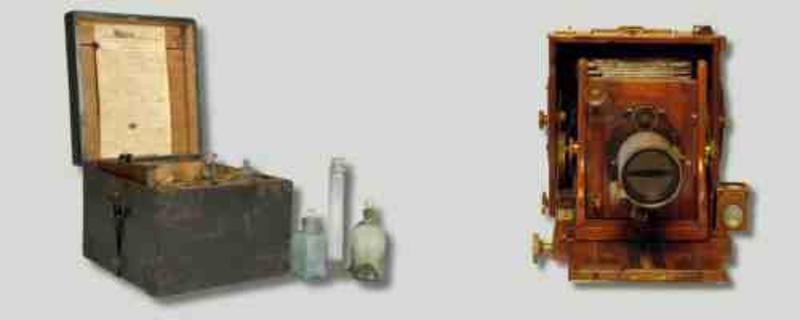
A wonderful collection of cameras including:
- Lewis Carroll’s photographic developing equipment
- T.E. Lawrence’s (Lawrence of Arabia) archaeological camera
- Victorian optical devices such as the magic lantern and moving image toys.
Groups also visit the Museum for contextual study of novels such as Mary Shelley’s Frankenstein and Jonathan Swift’s Gulliver’s Travels.
Take a look at our taught sessions on Frankenstein: Science and Inspiration.
Our collection provides a fascinating context through which to explore the relationship between science and religion, including:
- debates in the 1500s CE over Copernicus’s new heliocentric model of the solar system and Galileo’s conflict with the Church of Rome
- controversies surrounding Newtonianism in the 1700s CE and debates over natural theology.

Our collection of early Islamic instruments includes astrolabes and Qibla indicators — which were used for religious and scientific purposes — as well as objects relating to astronomy and time-keeping.
Take a look at our taught session on Science in the Early Islamic World.




